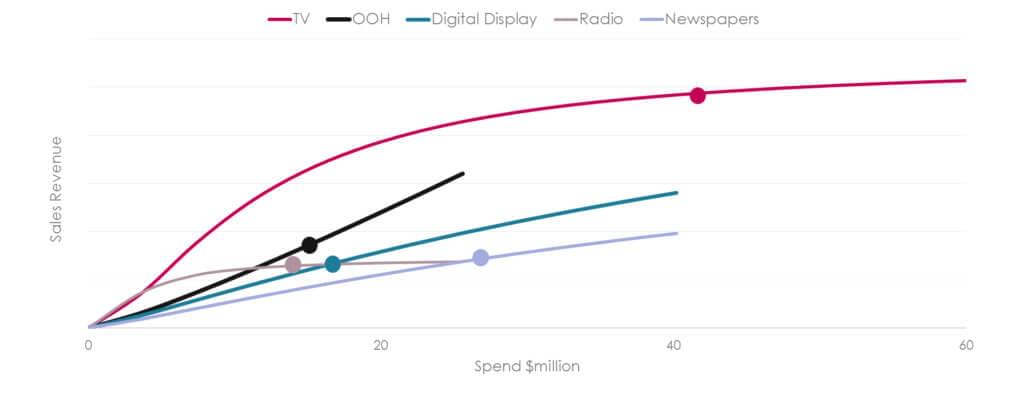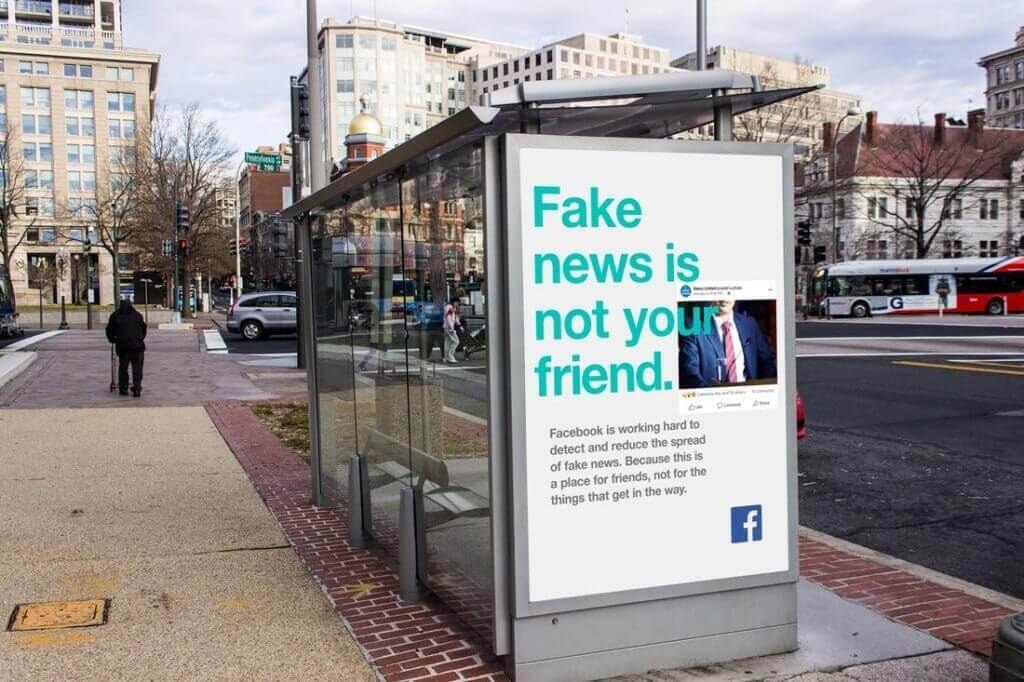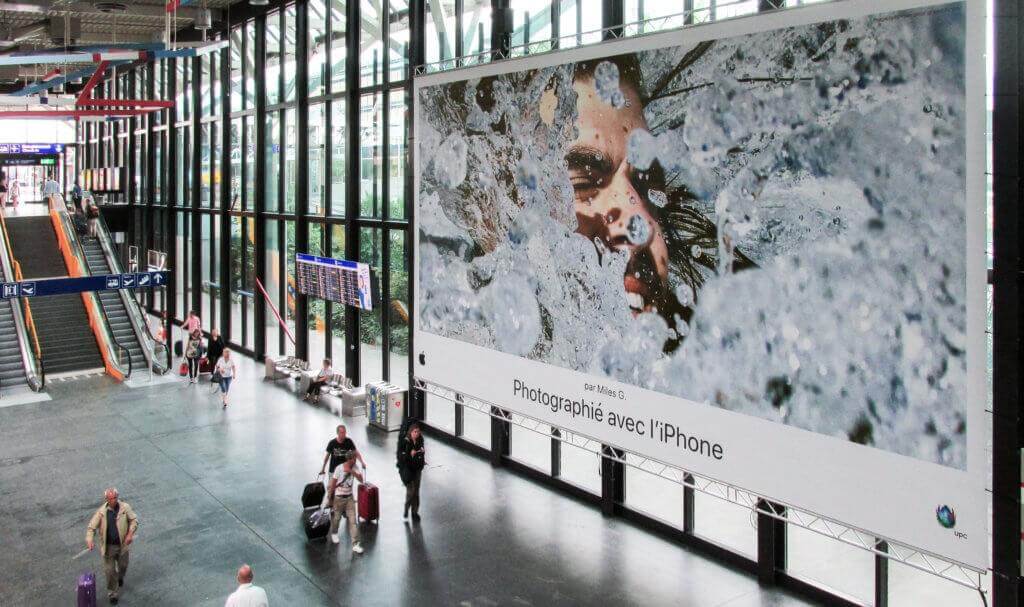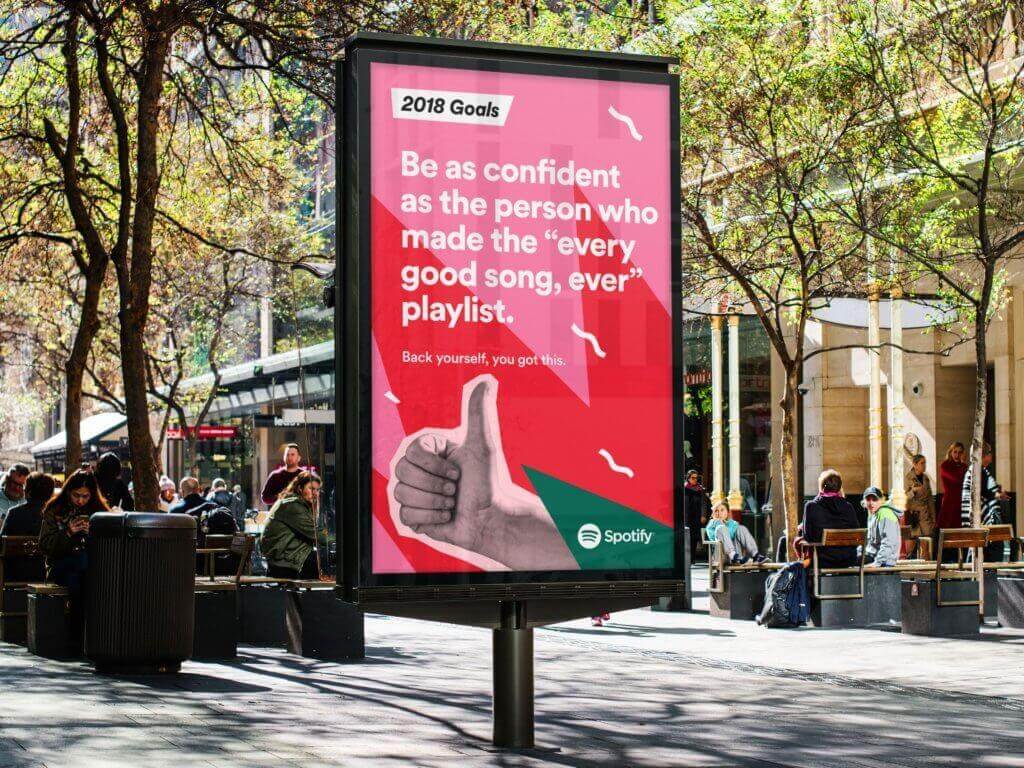
The Outdoor Advertising Association of America (OAAA) recently released the 2019 MegaBrands report – a comprehensive review of the largest national advertisers. Of the top 100 out-of-home (OOH) advertisers, many are technology brands, including Amazon (#1), Apple (#3), Google (#6), Facebook (#15), YouTube (#43), Zoom (#44), Microsoft (#55), Dell (#25), and Samsung (#85). It comes as no surprise that these brands are uber successful in their respective industries and that their superb advertising efforts only bolster their success. The question becomes, why are these tech giants spending more than the average 3.8% ad spend on OOH? And, more importantly, why should we be paying attention?
This article will outline some of the major advantages of OOH when integrated into an omni-channel marketing mix and get to know a few of the most successful OOH campaigns these digital megabrands have had thus far.
The unparalleled benefits of OOH:
1) OOH delivers where digital advertising falls short
Let’s face it – we all skip ads. Most of us use ad-blockers, and hardly any of us deliberately click on pop-up or website ads. Getting the attention of online web surfers or social media users is becoming one of the biggest dilemmas for the advertising industry. The only way to get the attention of young audiences is to reach them when they’re off their devices and not distracted! And OOH does just that.
When people are on their way to work or school and commuting via public transit, walking, or driving, they’re more alert to their surroundings and less distracted by their mobile devices. For advertisers, capturing the undivided attention of wandering eyes is like hitting the jackpot!

Additionally, research by Nielsen suggests that online advertisements are amongst one of the least trusted formats, whereas OOH is one of the most trusted.
2) OOH amplifies and optimizes omni-channel messaging
For top digital brands, increasing their consumer base and audience engagement doesn’t solely entail investments in the digital and online market space. As marketing experts from these companies have figured out, consumers still want and need a substantial sense of connection, familiarity, and trust in brands they’re patrons of – a connection that is best fostered through physical media like OOH.
Therefore, it’s unsurprising that OOH is one of the best ad mediums when it comes to increasing the overall reach of an omni-channel marketing campaign and improving return on investment (ROI). According to the OAAA and Nielsen’s latest advertising study, OOH disproportionately increases the reach of other media, including online search by 42%, TV by 26%, radio by 14%, and social media by 15%.
3) OOH simply works!
OOH is one of the most cost-effective mediums when compared to TV, radio, online, or print. With recent tech advancements, brands also have the ability to view real-time impression analytics and programmatically purchase ad placements. OOH is the only medium that provides incremental linear returns as spending increases, while other media like TV and print show diminishing returns at higher adspends.

How Digital Megabrands leverage OOH
As much as the advertising world is becoming increasingly digital, traditional media continues to provide unmatched value to brands as far as driving brand awareness and consumer confidence. For this reason, digital brands are spending more on traditional media like OOH, in hopes of engaging with their current and prospective consumer base in a way that is more authentic and genuine than pixels on a screen.
Facebook gets friendly
In 2018 – just weeks after CEO Mark Zuckerberg testified in front of congressional lawmakers on multiple data privacy scandals, Facebook launched its then largest brand marketing campaign. The campaign, titled “Here Together”, delivered reassuring messages that addressed its users’ concerns head-on – from topics such as clickbait to data misuse, and fake news to fake accounts. The campaign also spanned across TV, cinema ads, and on Facebook (of course).

Apple’s personalized creative
Apple is known for their sleek, sophisticated, and user-friendly tech designs. Their advertising efforts don’t deviate far from their core values. As you’re probably familiar with, Apple’s “Shot on iPhone” campaign – which has been running since 2015 – features images by amateur photographers worldwide using their iPhones. The images humanize our connection to the devices and emphasize the importance of owning them to capture personal and memorable moments – all without saying more than 4 words!

Spotify shares its stats
In their buzzworthy 2018 campaign, Spotify wasn’t afraid to share user data. The music streaming company is known for their witty and creative ads that make you want to stop and snap a picture. On a regular basis, you’re sure to find the platform’s latest music releases advertised on big digital screens in urban centres.

Conclusion
Upon looking at how top digital brands are using OOH to reach their audience, it becomes clear that OOH continues to be an effective advertising medium – even in the increasingly digital world. While you may think your company doesn’t have the advertising budget some of the aforementioned tech giants do, it’s never too late to start small in OOH. Instead of billboards in downtown cores, why not bus shelter ads, truck-side ads, mall signage, posters, or public transit ads? Any company that decides to invest in OOH today will reap the benefits for years to come.


